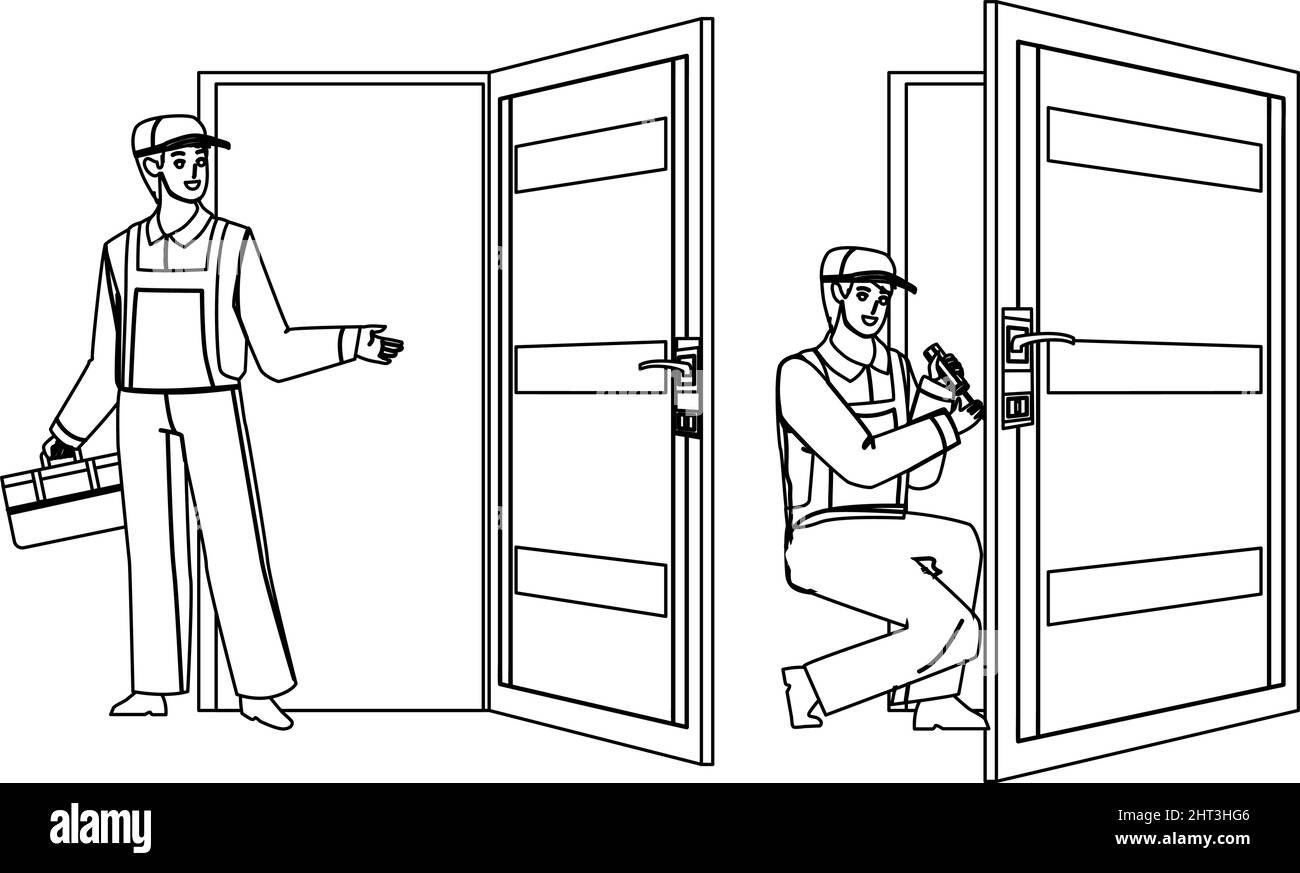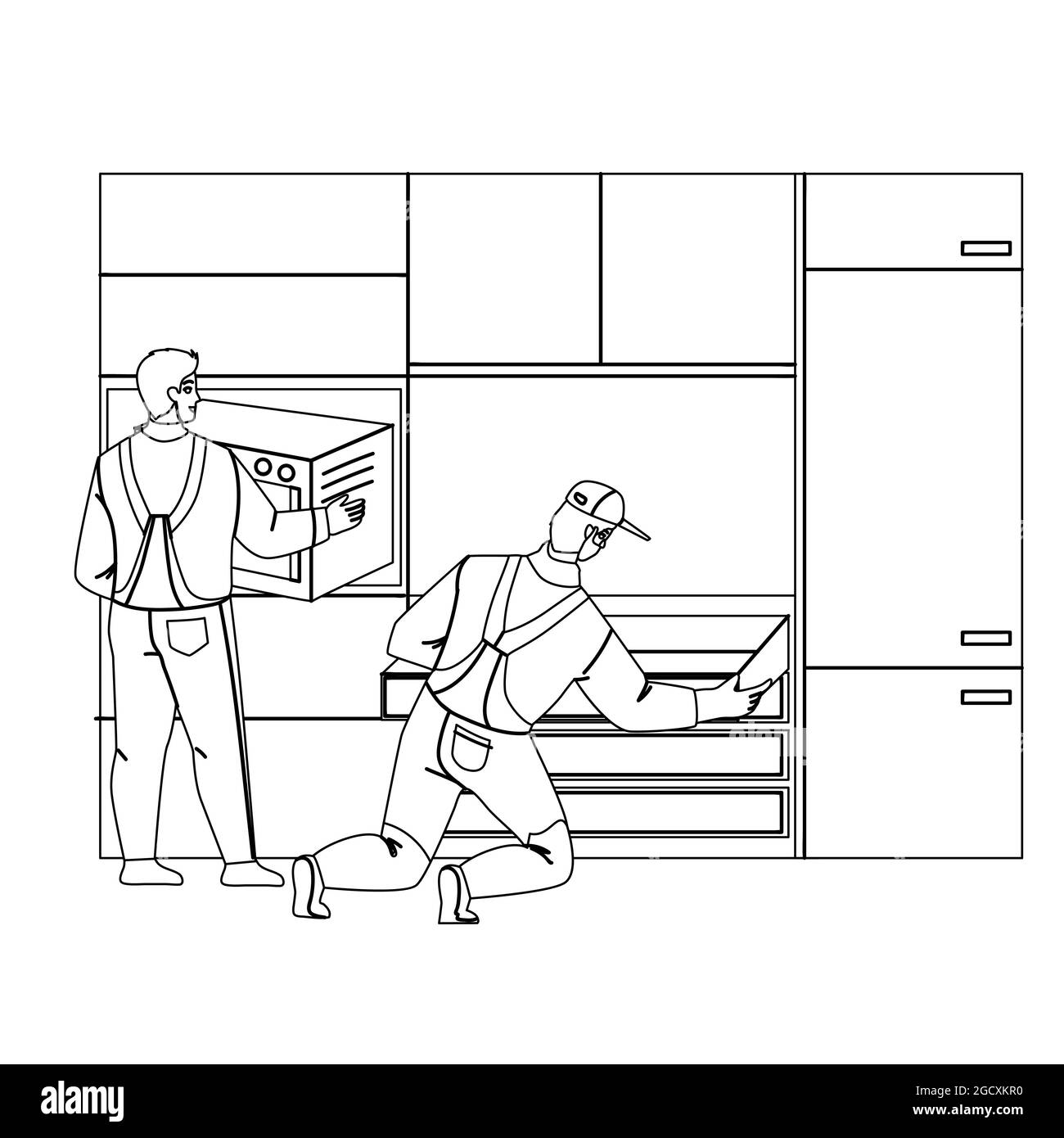
Upgrade Your Ride: A Step-by-Step Guide to Installing a Wireless Charging Pad in Your Car
In today’s hyper-connected world, our smartphones are indispensable. They’re our navigators, entertainers, communicators, and personal assistants, all rolled into one sleek device. However, this reliance comes with a common frustration: the dreaded low battery. Fumbling with charging cables while driving is not only inconvenient but also dangerous.
Enter the wireless charging pad – a game-changing solution that allows you to power up your phone effortlessly while keeping your eyes on the road. If your car doesn’t come equipped with this convenient feature, fear not! Installing a wireless charging pad is a relatively straightforward DIY project that can significantly enhance your driving experience.
This comprehensive guide will walk you through the process, from selecting the right charging pad to safely integrating it into your vehicle.
Why Add a Wireless Charging Pad to Your Car?
Before diving into the installation process, let’s explore the benefits of having a wireless charging pad in your car:
- Convenience: Simply place your phone on the pad, and it starts charging. No more fumbling with cables, especially while driving.
- Safety: By eliminating the need to plug and unplug your phone, you can keep your focus on the road, minimizing distractions.
- Cleanliness: Say goodbye to tangled cables cluttering your car’s interior. A wireless charging pad offers a clean, minimalist aesthetic.
- Universal Compatibility: Most wireless charging pads support the Qi wireless charging standard, making them compatible with a wide range of smartphones, including iPhones and Android devices.
- Enhanced Resale Value: Adding a modern feature like wireless charging can potentially increase your car’s resale value.
Choosing the Right Wireless Charging Pad
Selecting the appropriate wireless charging pad is crucial for a successful installation. Consider these factors:
- Qi Compatibility: Ensure the charging pad supports the Qi wireless charging standard. This is the most widely adopted standard, ensuring compatibility with most modern smartphones.
- Charging Speed: Look for a charging pad that supports fast charging (e.g., 15W). This will significantly reduce the time it takes to charge your phone.
- Size and Design: Choose a charging pad that fits comfortably in your desired location within your car. Consider the size of your phone and the available space in your vehicle. Some pads are designed to fit in cup holders, while others can be mounted on the dashboard or console.
- Mounting Options: Determine how you want to mount the charging pad. Some pads come with adhesive mounts, while others can be screwed into place. Choose a mounting option that is secure and stable.
- Safety Features: Look for charging pads with built-in safety features, such as over-voltage protection, over-current protection, and temperature control. These features will protect your phone and your car’s electrical system.
- Reviews and Ratings: Before making a purchase, read online reviews and ratings from other users. This will give you valuable insights into the pad’s performance, reliability, and ease of installation.
Tools and Materials You’ll Need
Before you begin the installation, gather the necessary tools and materials:
- Wireless Charging Pad: The heart of the project!
- Voltage Tester: To confirm wiring is safe
- Screwdriver Set: With various sizes and types of heads (Phillips, flathead).
- Wire Strippers/Cutters: For safely stripping and cutting wires.
- Wire Connectors or Butt Connectors: For securely joining wires.
- Electrical Tape: To insulate and protect wire connections.
- Trim Removal Tools: To safely remove interior panels without causing damage.
- Drill (Optional): If you need to create mounting holes.
- Multimeter (Optional): For testing voltage and continuity.
- Zip Ties: To manage and secure wires.
- Safety Glasses: To protect your eyes.
- Work Gloves: To protect your hands.
- Vehicle’s Service Manual (Optional): For detailed wiring diagrams and component locations.
Step-by-Step Installation Guide
Now, let’s get to the installation process:
-
Preparation and Safety:
- Disconnect the Battery: Before working on your car’s electrical system, disconnect the negative terminal of the battery. This will prevent electrical shocks and damage to your car’s electronics.
- Plan Your Layout: Decide where you want to mount the charging pad. Consider accessibility, visibility, and the proximity to a power source.
- Gather Information: Consult your car’s service manual for wiring diagrams and component locations. This will help you identify the correct wires to tap into for power.
-
Accessing a Power Source:
- Identify a Suitable Power Source: Look for a 12V power source that is switched (i.e., only active when the ignition is on). Common options include the cigarette lighter socket or the radio wiring harness.
- Remove Interior Panels: Use trim removal tools to carefully remove the interior panels that are blocking access to the power source. Be gentle to avoid damaging the panels.
- Test the Wires: Use a multimeter to test the wires and confirm that you have identified the correct 12V power source and ground wire.
-
Wiring the Charging Pad:
- Connect the Power Wires: Use wire strippers to carefully strip the insulation from the charging pad’s power wires and the car’s power wires.
- Join the Wires: Use wire connectors or butt connectors to securely join the wires. Ensure that the connections are tight and secure.
- Insulate the Connections: Wrap the wire connections with electrical tape to insulate them and protect them from shorts.
-
Mounting the Charging Pad:
- Prepare the Mounting Surface: Clean the mounting surface with a clean cloth and isopropyl alcohol to remove any dirt or grease.
- Attach the Charging Pad: Depending on the mounting option, either use the adhesive mount or drill mounting holes and secure the charging pad with screws.
- Ensure Stability: Make sure the charging pad is securely mounted and will not move around while driving.
-
Wire Management:
- Route the Wires: Neatly route the wires from the charging pad to the power source.
- Secure the Wires: Use zip ties to secure the wires and prevent them from dangling or getting in the way.
- Avoid Pinch Points: Make sure the wires are not routed in a way that could cause them to be pinched or damaged.
-
Testing and Reassembly:
- Reconnect the Battery: Reconnect the negative terminal of the battery.
- Test the Charging Pad: Turn on the ignition and place your phone on the charging pad to test it. Make sure it is charging properly.
- Reassemble the Interior: Carefully reassemble the interior panels.
Important Considerations and Safety Tips
- Consult a Professional: If you are not comfortable working on your car’s electrical system, it is best to consult a professional installer.
- Use Quality Components: Use high-quality wire connectors and electrical tape to ensure reliable and safe connections.
- Avoid Overloading the Circuit: Make sure the charging pad does not draw too much power from the circuit. Consult your car’s service manual for the maximum amperage rating of the circuit.
- Protect Your Phone: Use a phone case that is compatible with wireless charging to protect your phone from scratches and damage.
Conclusion
Installing a wireless charging pad in your car is a rewarding DIY project that can significantly enhance your driving experience. By following this step-by-step guide and taking the necessary safety precautions, you can enjoy the convenience and safety of wireless charging on the go. Say goodbye to tangled cables and low battery anxiety, and hello to a more connected and enjoyable ride!
